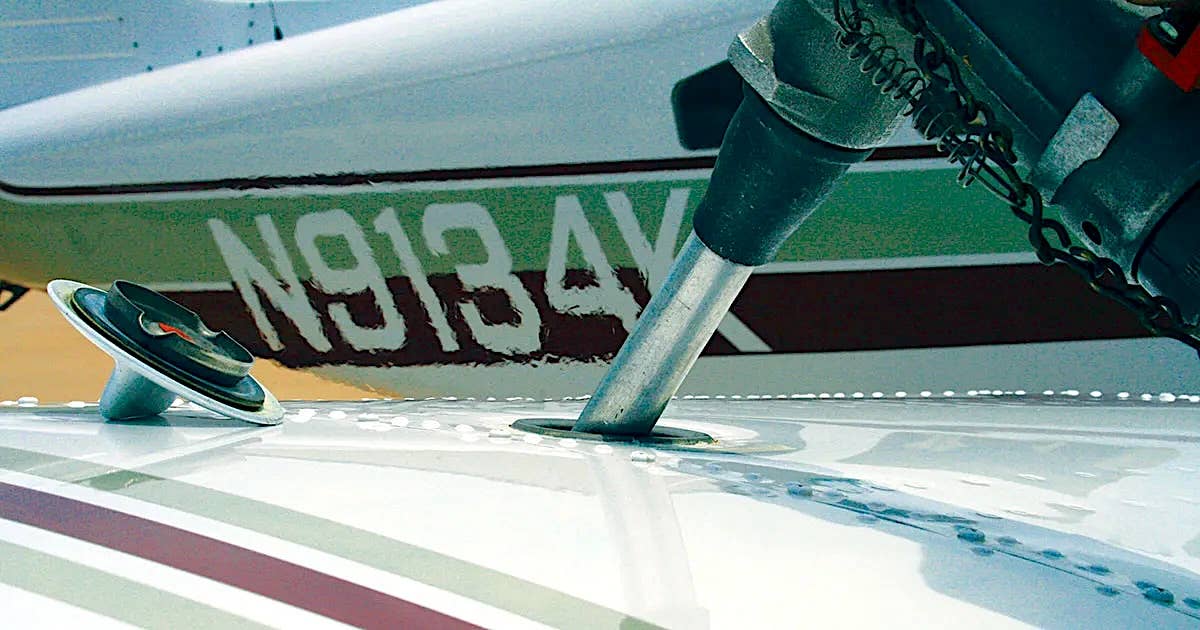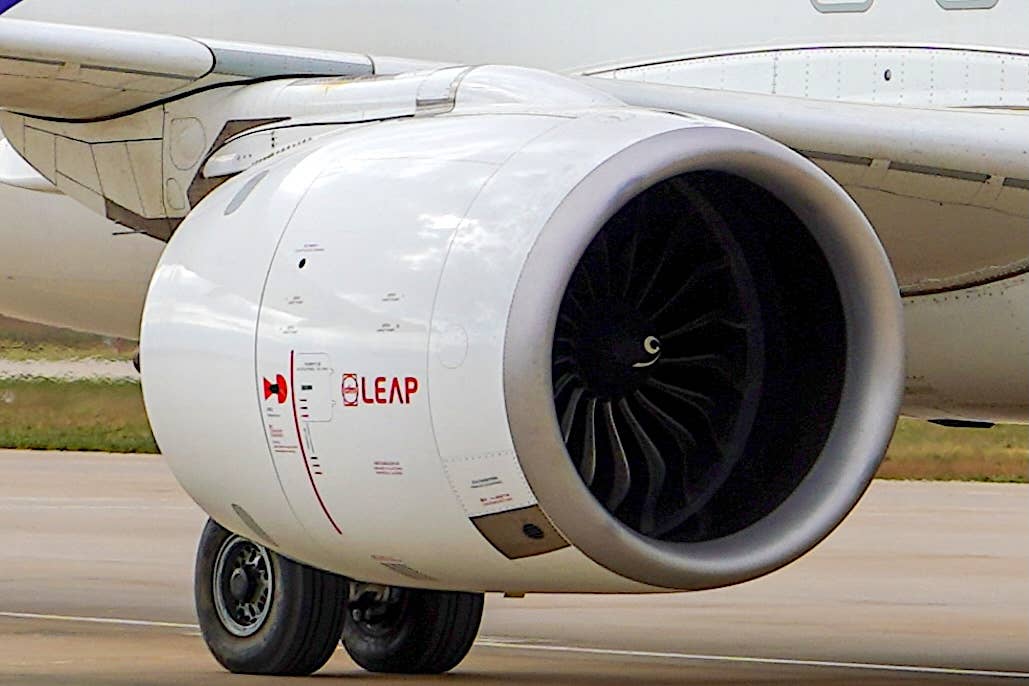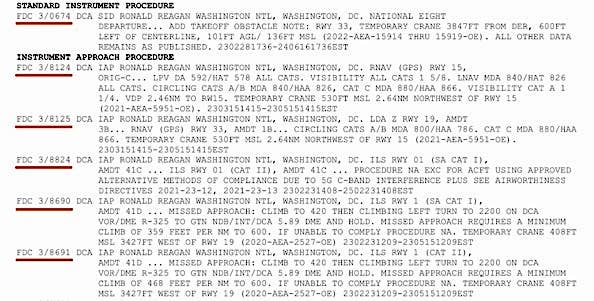Corrected: EAGLE Warns Pilots To Be Aware Of Varying Fuel Types
With new unleaded fuels coming to market, pilots are cautioned to avoid misfueling.

Credit: FAA
The Eliminate Aviation Gasoline Lead Emissions (EAGLE) initiative posted a warning today (posted below in italics) for pilots regarding concern over misfuelling as new unleaded fuels of varying types and octane levels are starting to make their way to market. It cautions pilots to ensure their aircraft—particularly those requiring high-octane fuels—are not misfueled with “the wrong type, grade, or mix of fuel.”
The notice includes links to resources for more information on details regarding the dangers of misfueling with inappropriate fuels.
For more information on the transition to unleaded aviation fuel, visit: https://flyEAGLE.org
“The growing availability of unleaded aviation fuel represents a crucial step toward eliminating lead emissions from aircraft. However, it also introduces new misfueling risks that occur when the wrong type, grade, or mix of fuel is delivered to an aircraft. With multiple fuel options now available, pilots, aircraft owners and line service personnel must be more vigilant than ever to ensure fueling safety.
“Misfueling can lead to catastrophic engine failure, which is why clear communication between pilots and line service personnel is essential.
“Pilots should confirm the limitations of the engine and airframe. And, when placing full-service fuel orders, confirm every detail of the order—including type, grade, and volume—with line service personnel, or be aware of these factors when conducting self-service fueling. Aircraft must also have proper logbook documentation and placards installed.
“It is important to note that while the new unleaded fuels are designed to mix with 100LL, it remains uncertain whether they can be safely mixed with each other. Until more information is available, unleaded fuels must not be combined. Again, each engine and/or aircraft may have specific limitations that aircraft owners need to be aware of when fueling their aircraft.
“Resources such as the Energy Institute’s Misfuelling Resources, AOPA’s Safety Brief, the National Air Transportation Association’s (NATA) Misfueling Prevention Program, and the EAGLE’s Guidance on Transitioning a Flight School to Unleaded Avgas offer valuable guidance during this transition. As unleaded fuels become more widely available, diligence and adherence to proper protocols will be essential to maintaining safety and protecting your aircraft.
[A previous version of this story incorrectly identified the source of the release. And the revised story replaces EAGLE's original post with an amended message that removes references to Supplemental Type Certificates.]






